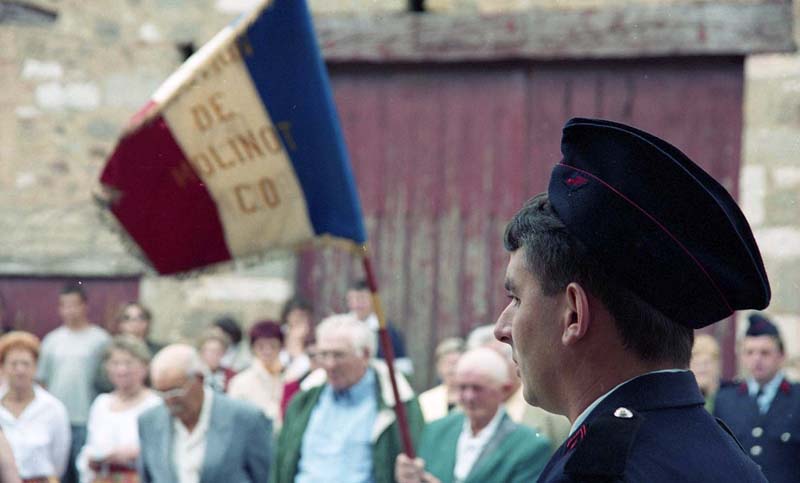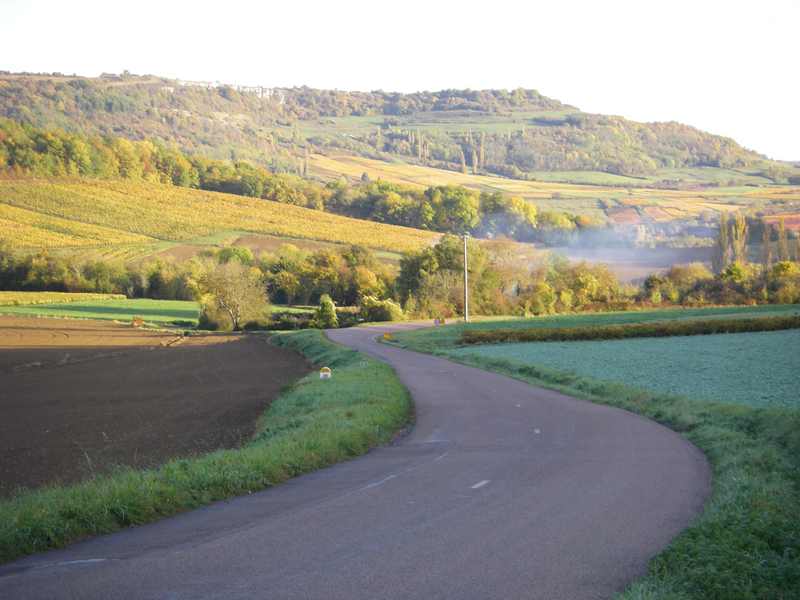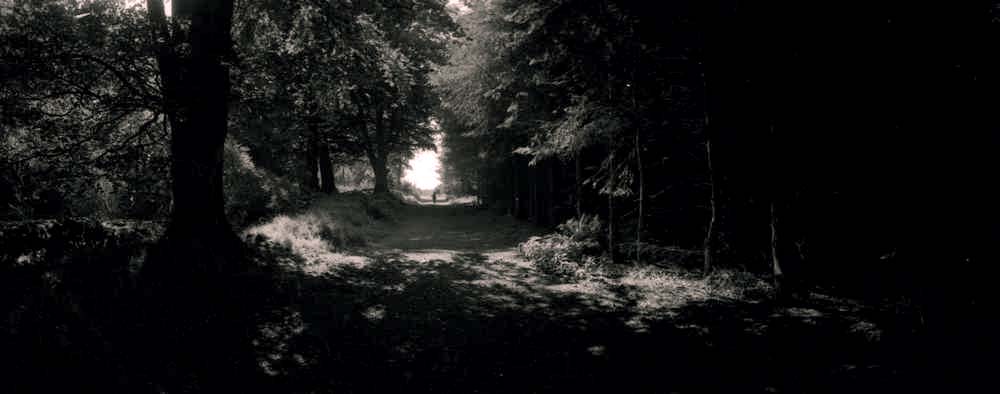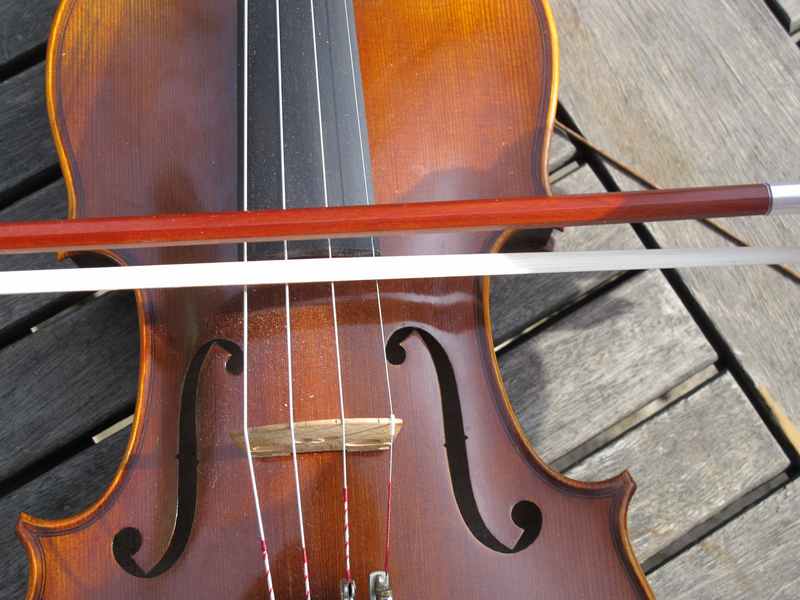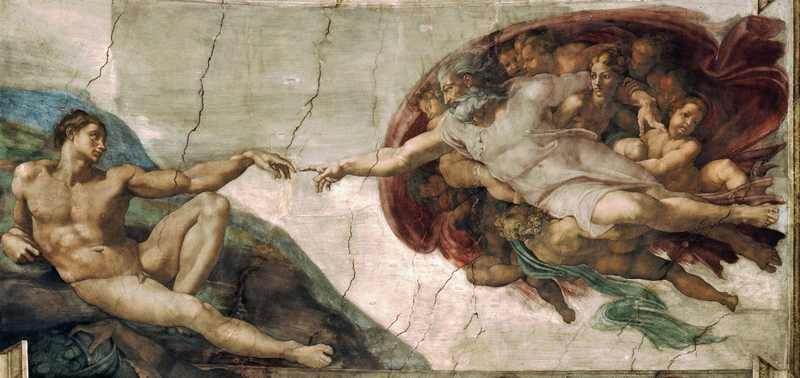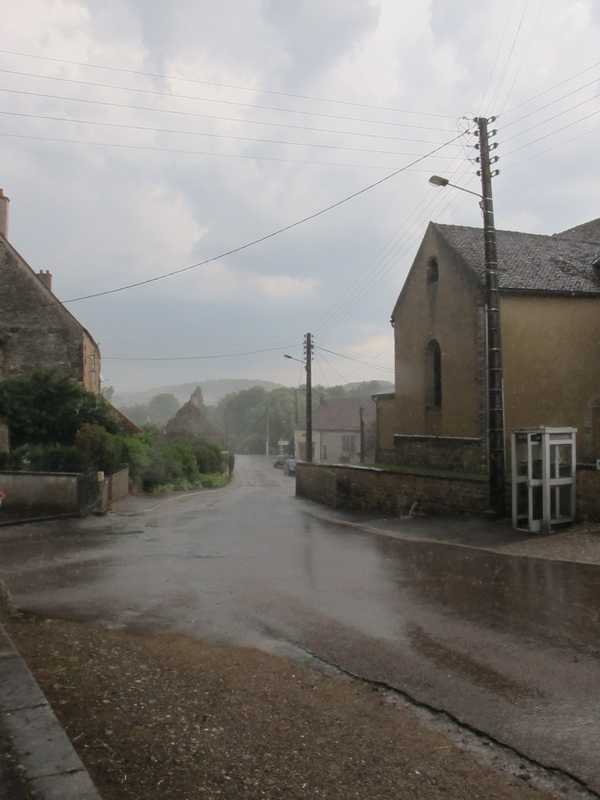 Torrential rainstorms are a feature of life in France Pic: Rod Fleming[/caption]
Torrential rainstorms are a feature of life in France Pic: Rod Fleming[/caption]Well, summer did finally arrive here in P'tit Moulin and the warm balmy days are back. I must say they are very welcome, and could have been here sooner. The girls are all out in their skimpiest dresses, to show off their golden-tanned skin and the boys...well, who cares about the boys anyway?
Of course, here in central France the climate is interesting, to say the least.


